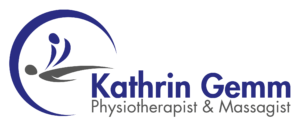Daivoon – Tauchen auf Lanzarote
Daivoon – Tauchen auf Lanzarote

Hier geht es direkt zur Tauchschule Daivoon von Michaela und Götz
Starte dein Tauchabenteuer!
Unsere Tauchschule Daivoon befindet sich nahe dem Zentrum von Costa Teguise, einer kleinen Küstenstadt nördlich von Arrecife, Lanzarotes Hauptstadt. Das Team heißt jeden herzlich willkommen – von Anfänger bis Profi – und organisiert gerne dein persönliches Unterwasser-Abenteuer. Wir fahren mit dir zu einem der zahlreichen Tauchplätze, wo deine Unterwasser-Reise beginnt.
Zahlreiche Aktivitäten rund ums Tauchen!
Wir bieten eine Vielzahl an verschiedenen Aktivitäten im Wasser an. Ob Schnorcheln an der Oberfläche, die ersten Taucherfahrungen für Beginner oder Weiterbildungen für TaucherInnen: Schnuppertauchpakete, Tauchkurse für Anfänger und Fortgeschrittene von SSI, PADI und CMAS, sowie geführte Tauchgänge – da ist für jeden das Richtige dabei.
Der Atlantik bietet mit Temperaturen zwischen 18° – 25°C ideale Bedingungen um das Schnorcheln oder Tauchen das ganze Jahr über zu genießen. Mit einer großen Artenvielfalt, von Kleinstlebewesen bis Großfischen (Engelhaie, Stachelrochen usw.) und vielen bunten Pflanzenarten bietet er Abwechslung und Sehenswertes für Jedermann.
Typisch für Lanzarote sind auch die zahlreichen Felsformationen unter der Wasseroberfläche, die oftmals wie von Menschenhand geschaffen wirken. Durch die erstarrte Lava haben sich Grotten, Tunnel, Höhlen etc. gebildet, die jeden Tauchgang einzigartig werden lassen.


